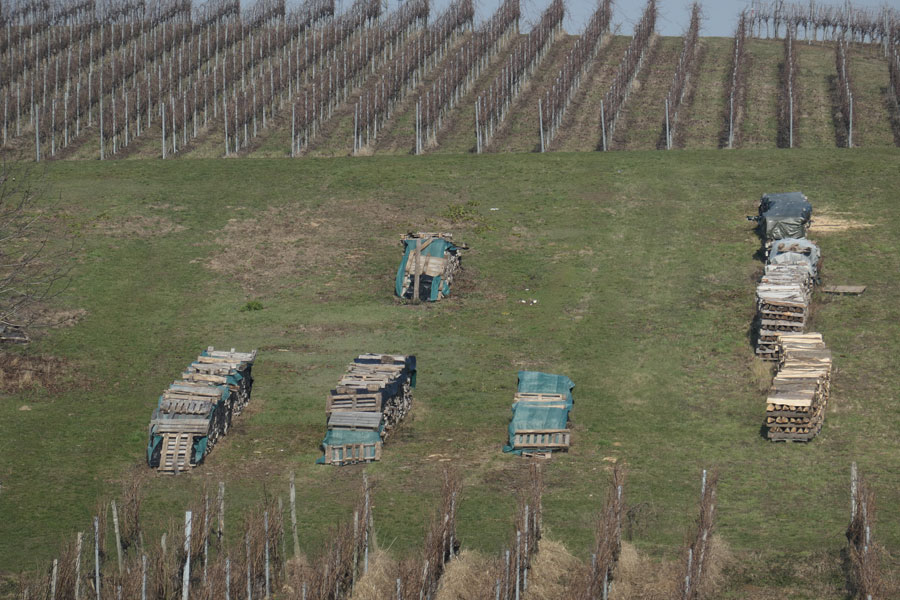Panasonic TZ202: JPG Compression Comparisons
On this page, I try to compare the JPG compression modes "Fine" and "Standard" on the basis of photos that I took for comparing Photo Style variations at various ISO values.
Introduction
When I took photos for comparing different Photo Style settings at various ISO values, I took these photos at the two JPG compression modes "Fine" and "Standard". This allows me to reuse then for comparing the JPG compression modes. According to author Franck Späth, there is little visible difference between the two compression modes. And it looks, as if my tests point into the same direction...
Test Photos
For these tests, I took more or less identical photos of the same scene:
Section 1
Quality = Fine |
Quality = Standard |
|
Photo Style = contr. +2, sharpn. +2, noise -5 |
Photo Style = contr. +2, sharpn. +2, noise -5 |
|
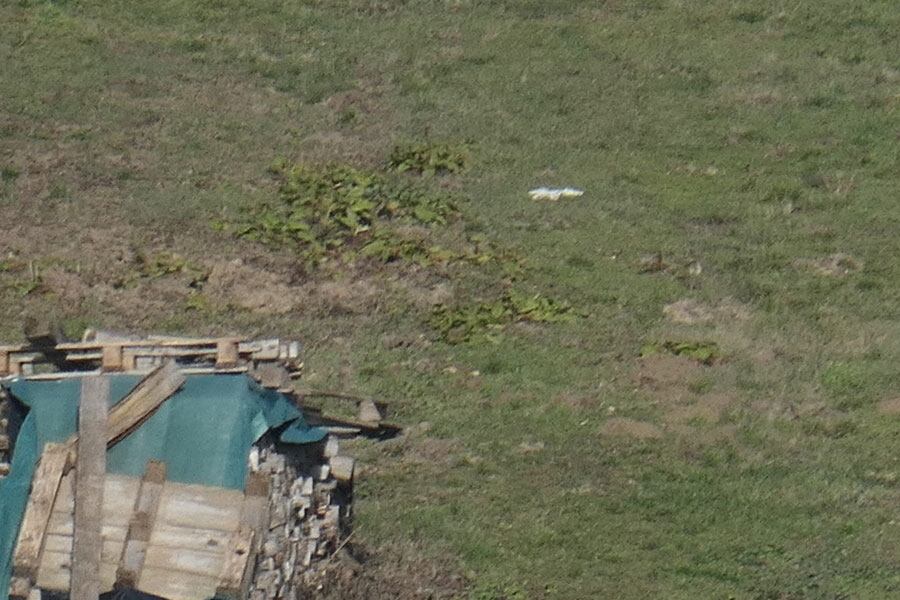 |
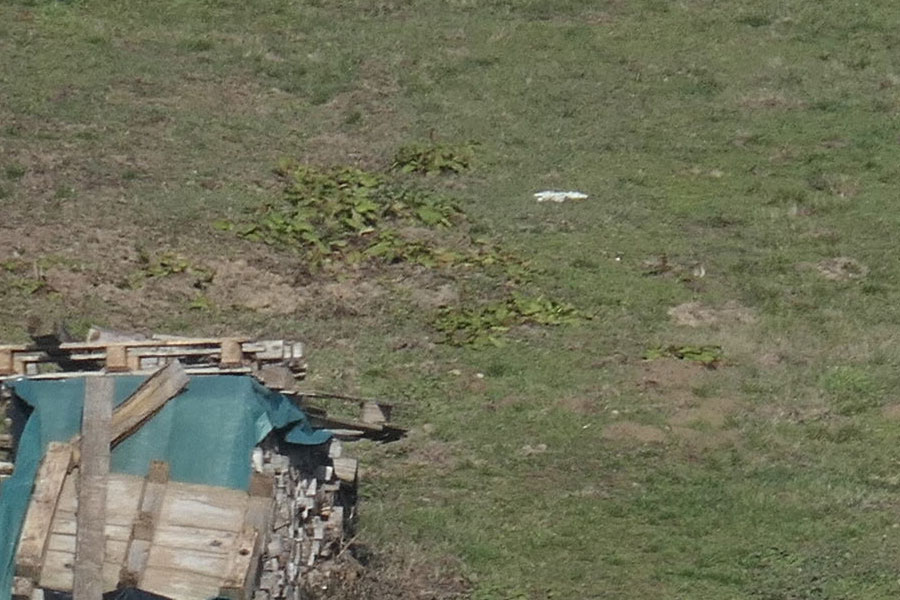 |
|
ISO 125 (original) |
ISO 125 (original) |
|
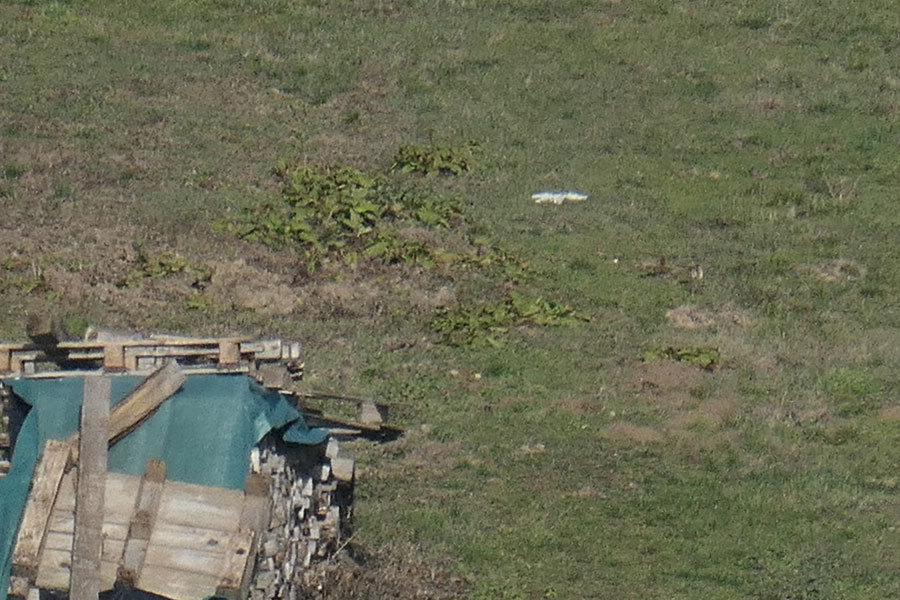 |
 |
|
ISO 200 (original) |
ISO 200 (original) |
|
 |
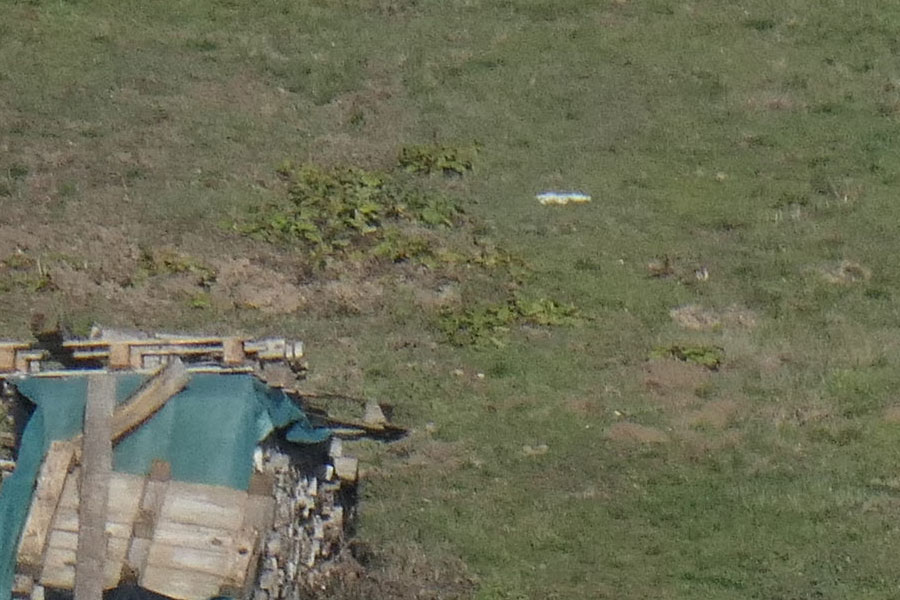 |
|
ISO 400 (original) |
ISO 400 (original) |
|
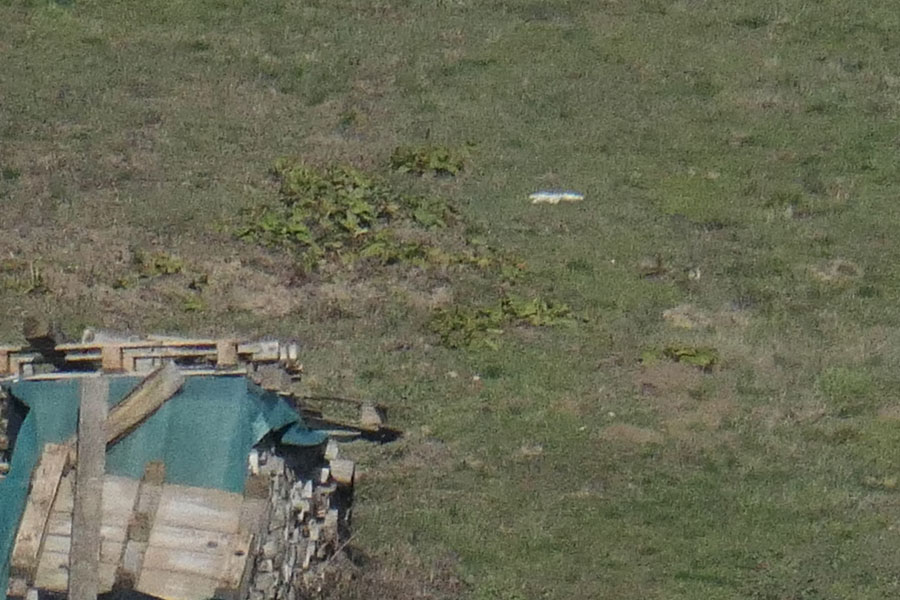 |
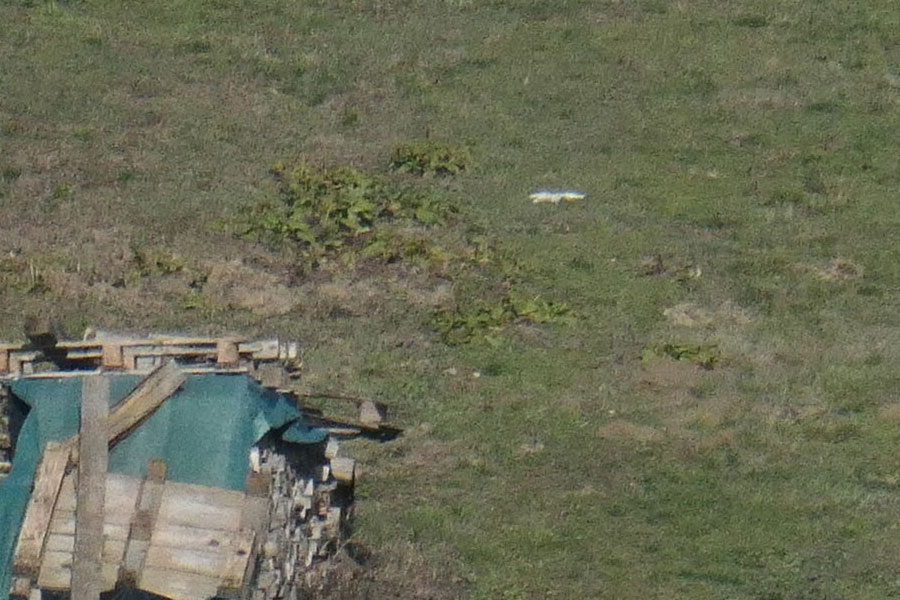 |
|
ISO 800 (original) |
ISO 800 (original) |
|
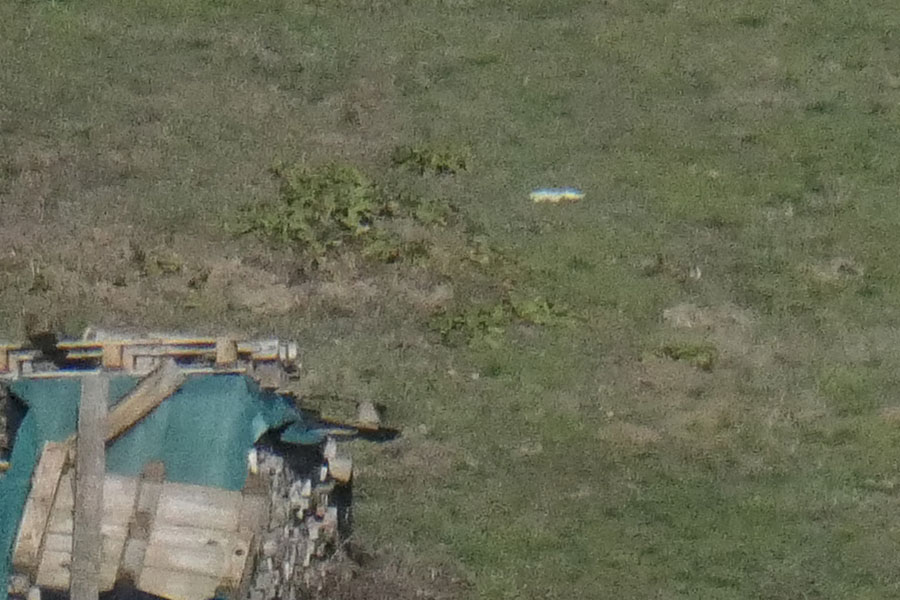 |
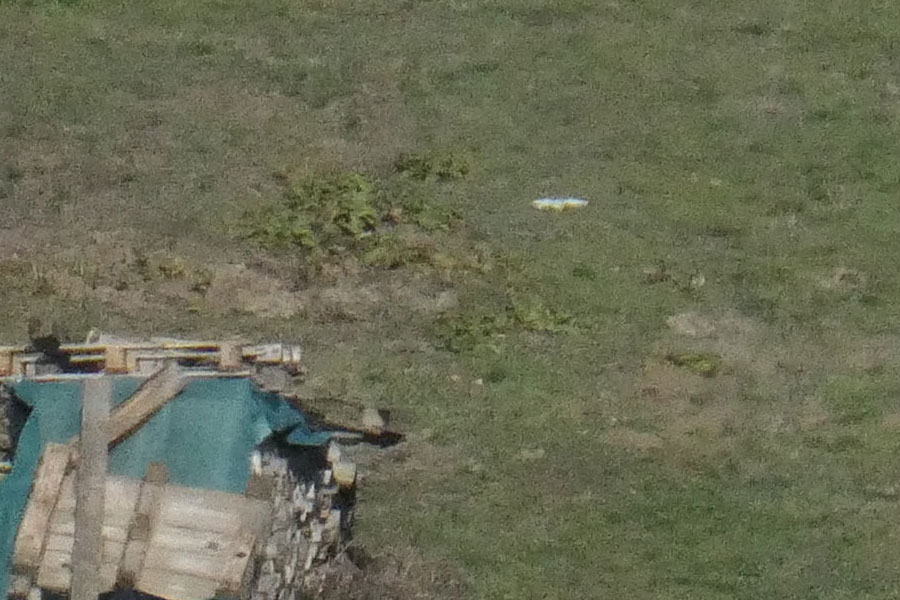 |
|
ISO 1600 (original) |
ISO 1600 (original) |
|
Quality = Fine |
Quality = Standard |
|
Photo Style = Standard |
Photo Style = Standard |
|
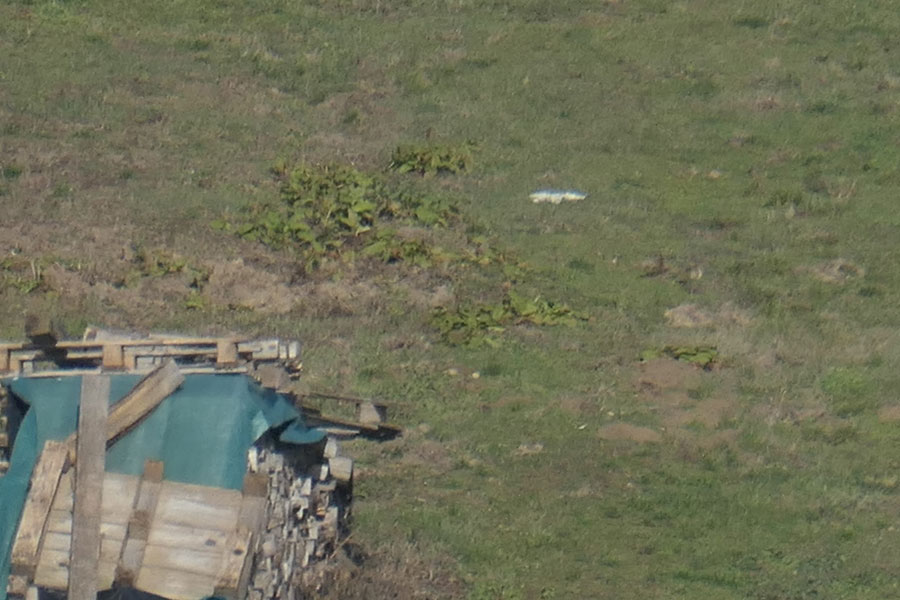 |
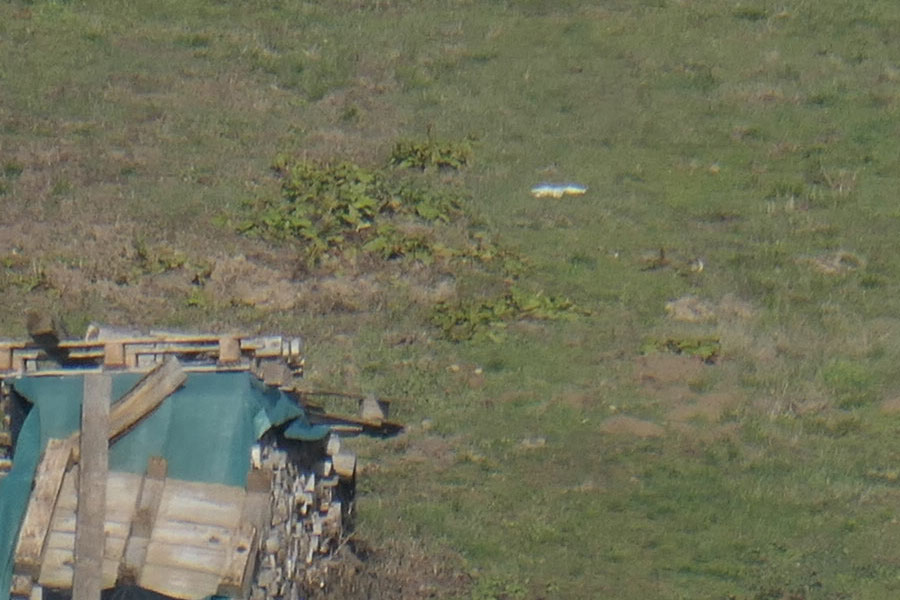 |
|
ISO 125 (original) |
ISO 125 (original) |
|
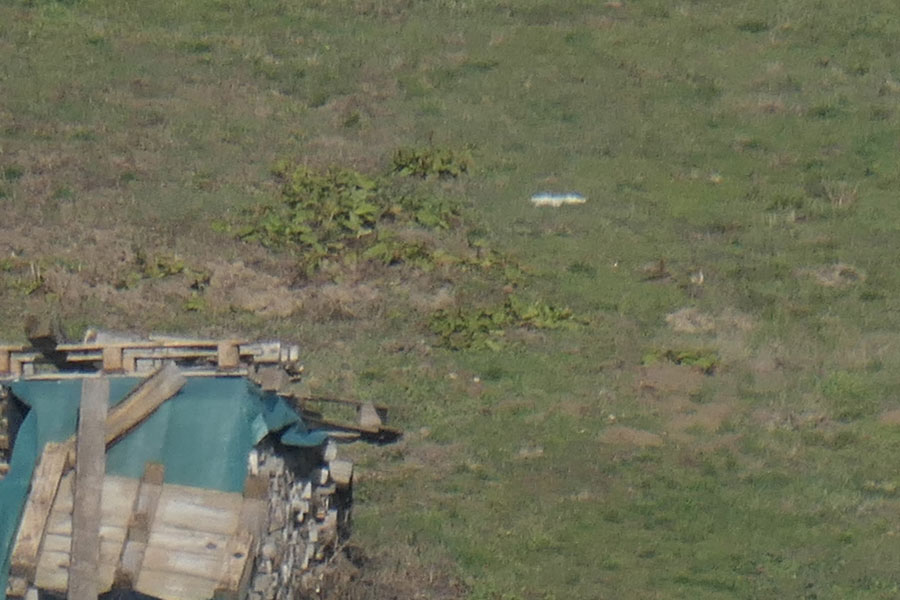 |
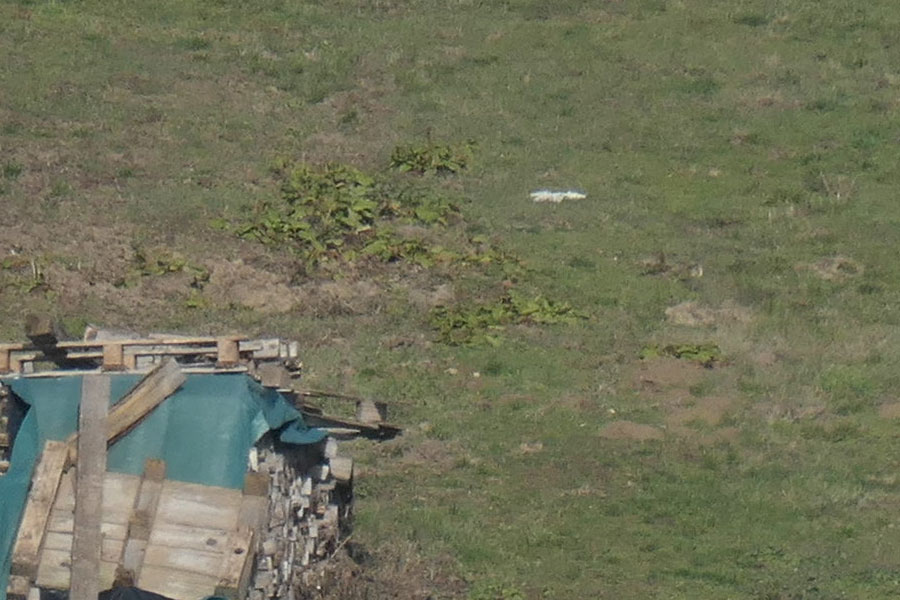 |
|
ISO 200 (original) |
ISO 200 (original) |
|
 |
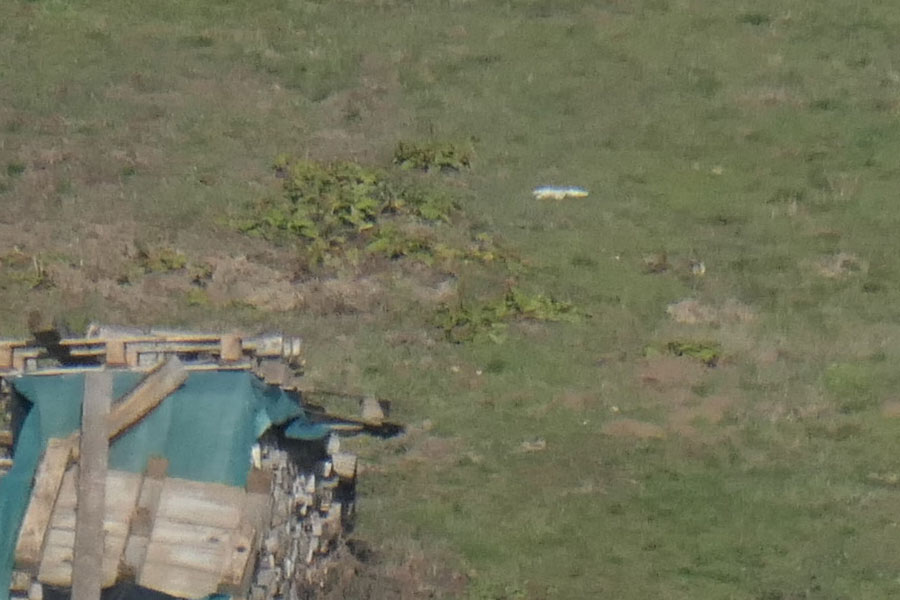 |
|
ISO 400 (original) |
ISO 400 (original) |
|
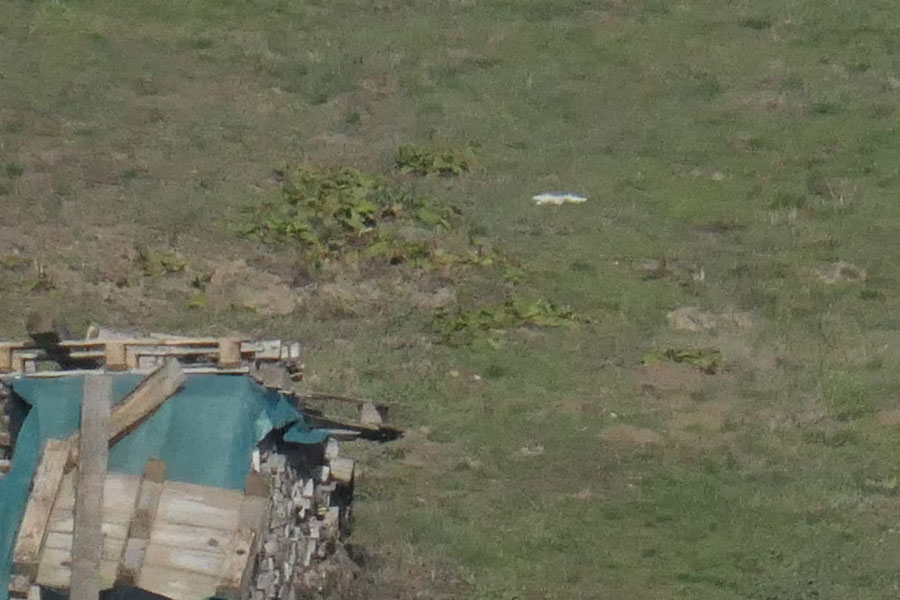 |
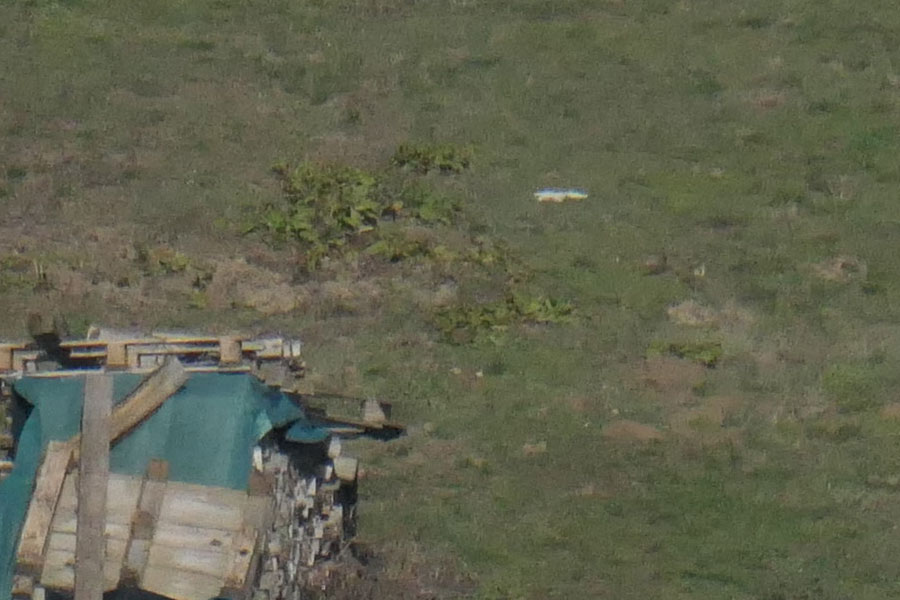 |
|
ISO 800 (original) |
ISO 800 (original) |
|
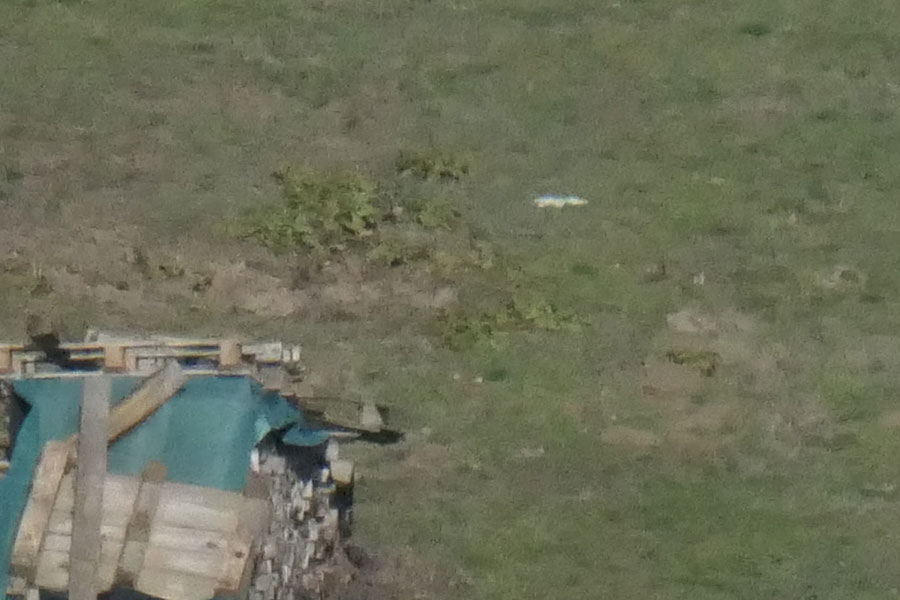 |
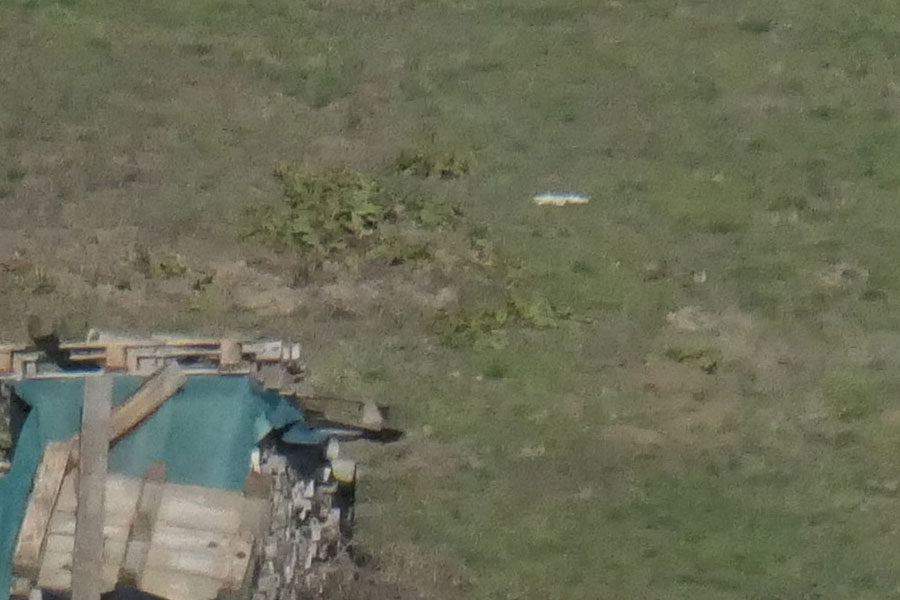 |
|
ISO 1600 (original) |
ISO 1600 (original) |
Section 2
Quality = Fine |
Quality = Standard |
|
Photo Style = contr. +2, sharpn. +2, noise -5 |
Photo Style = contr. +2, sharpn. +2, noise -5 |
|
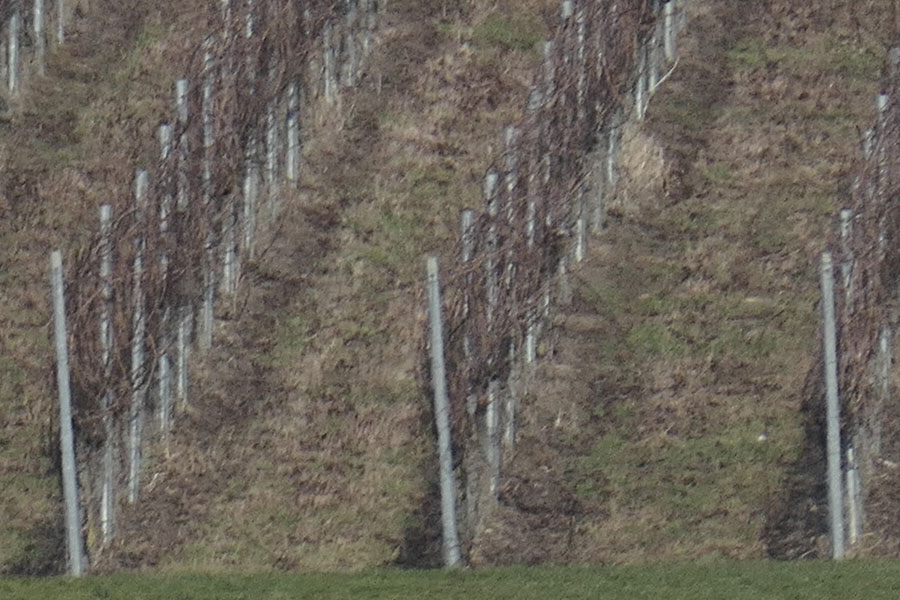 |
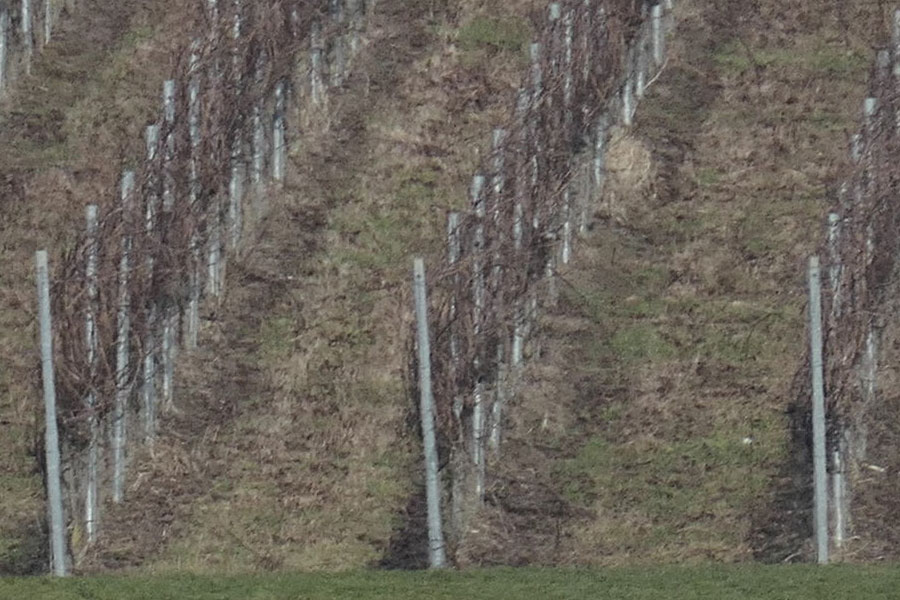 |
|
ISO 125 (original) |
ISO 125 (original) |
|
 |
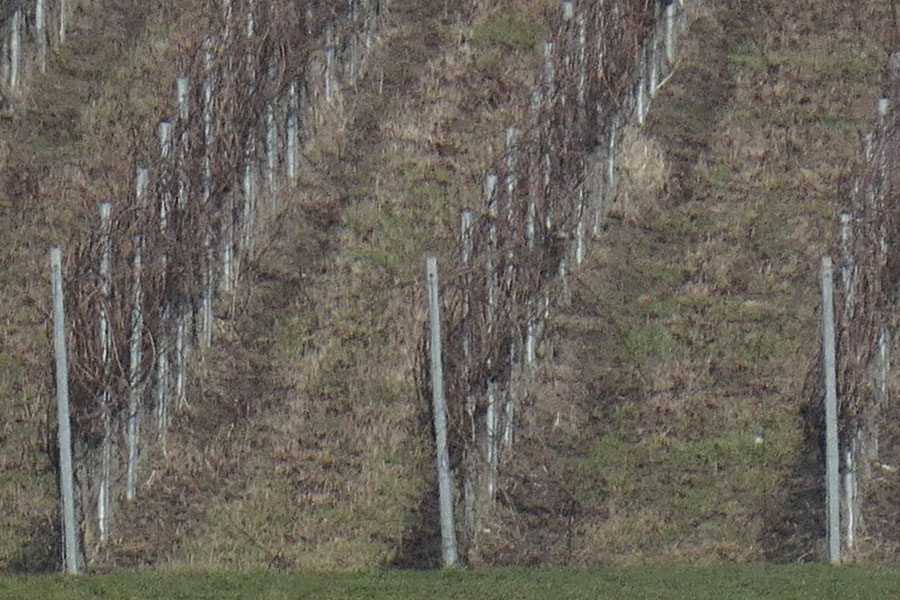 |
|
ISO 200 (original) |
ISO 200 (original) |
|
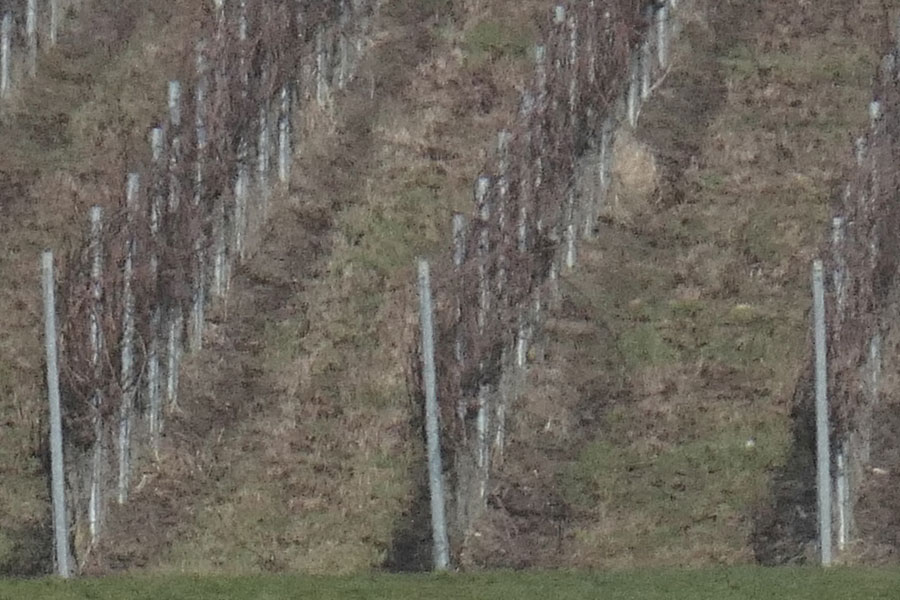 |
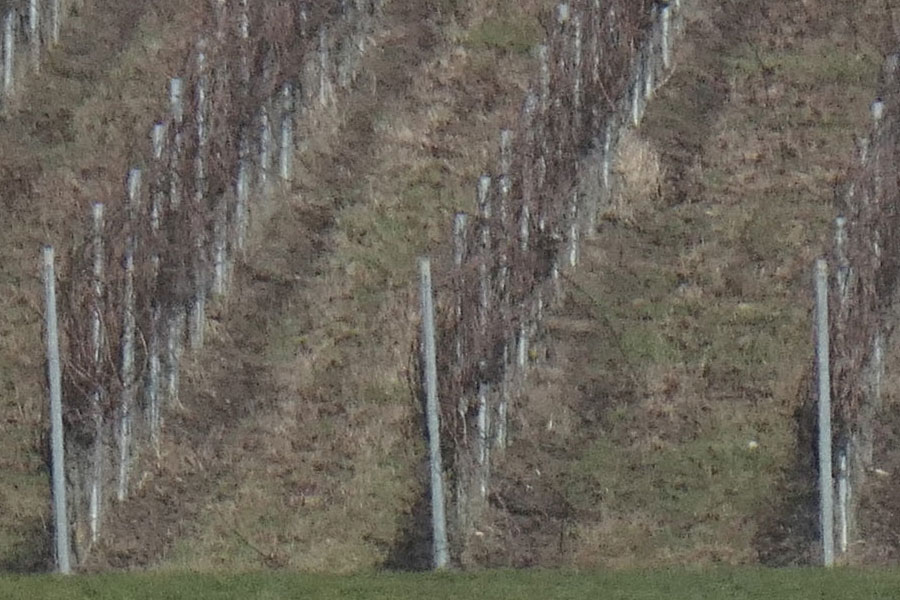 |
|
ISO 400 (original) |
ISO 400 (original) |
|
 |
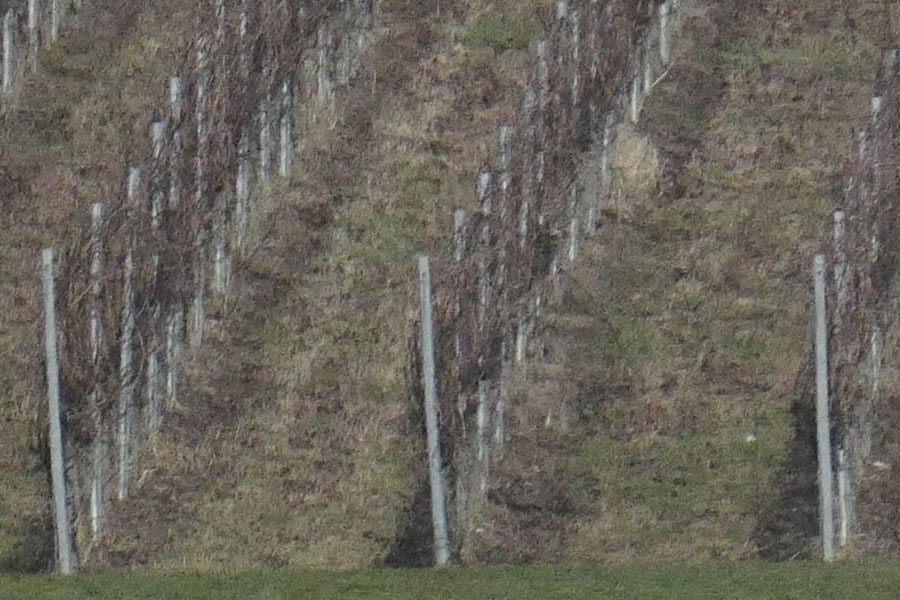 |
|
ISO 800 (original) |
ISO 800 (original) |
|
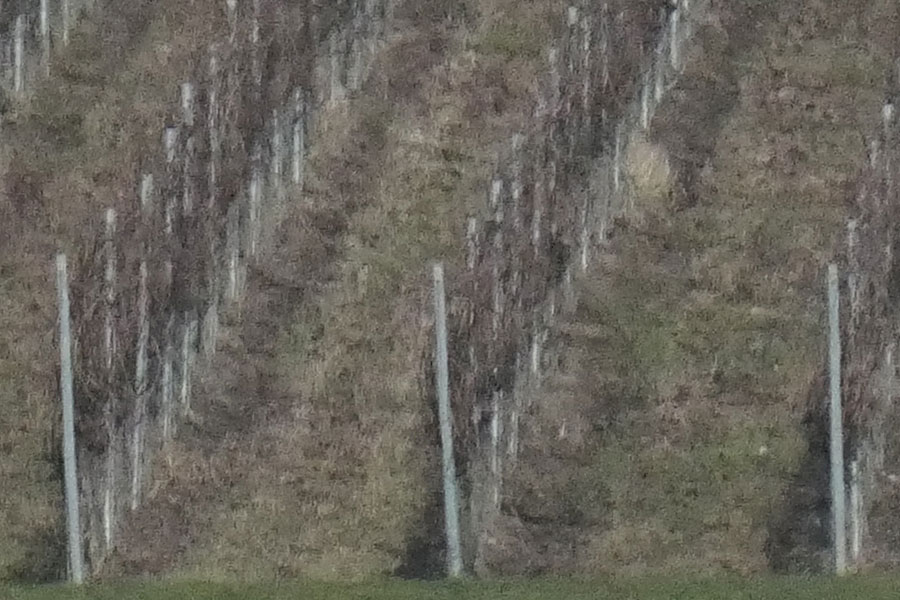 |
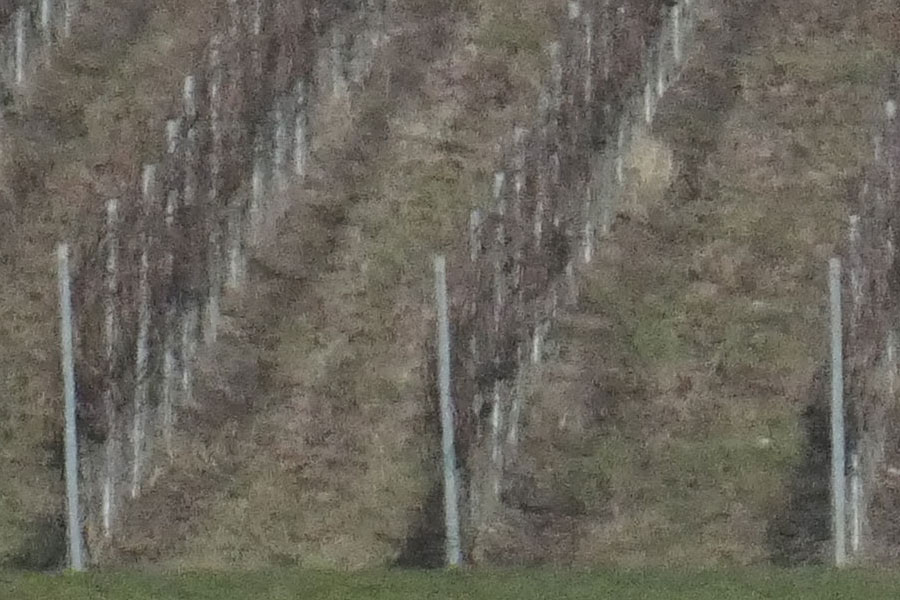 |
|
ISO 1600 (original) |
ISO 1600 (original) |
|
Quality = Fine |
Quality = Standard |
|
Photo Style = Standard |
Photo Style = Standard |
|
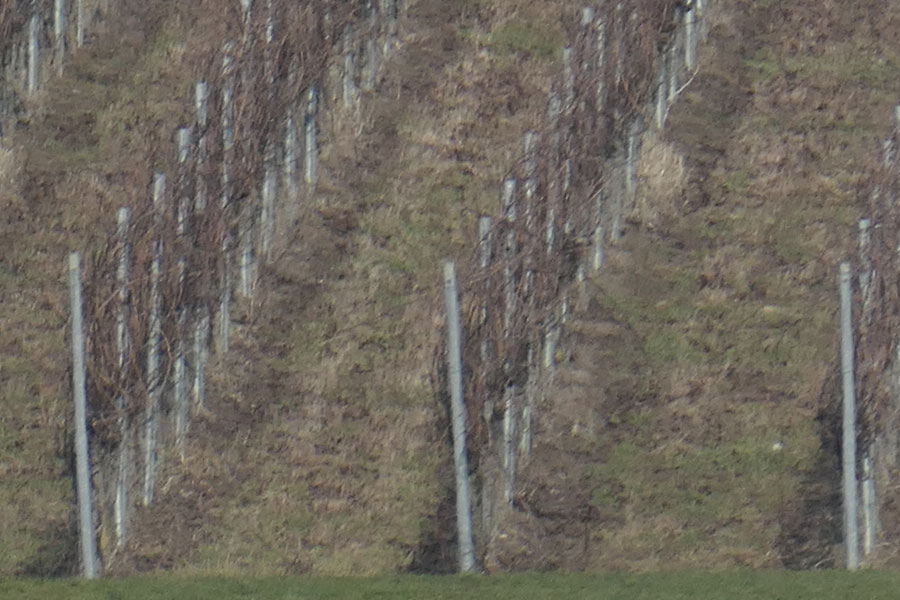 |
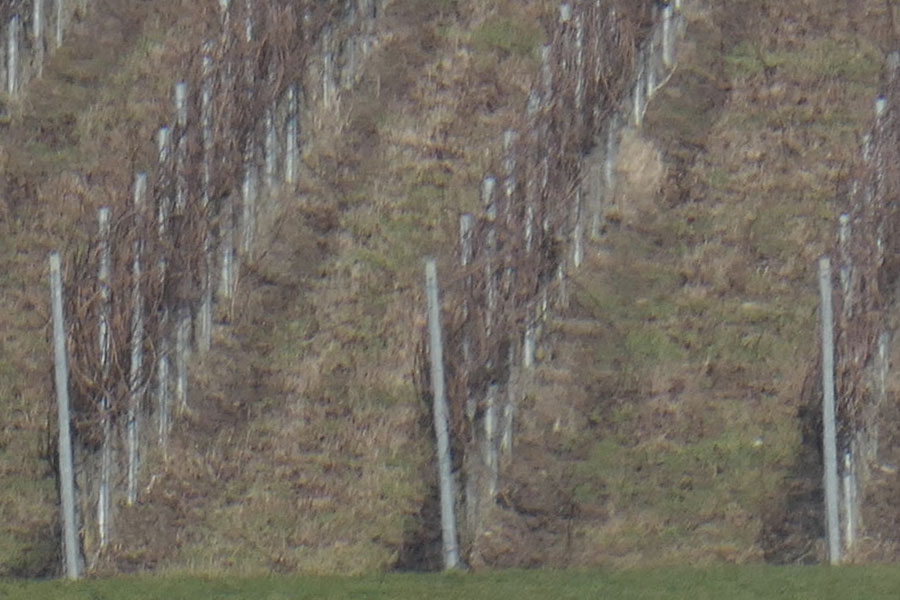 |
|
ISO 125 (original) |
ISO 125 (original) |
|
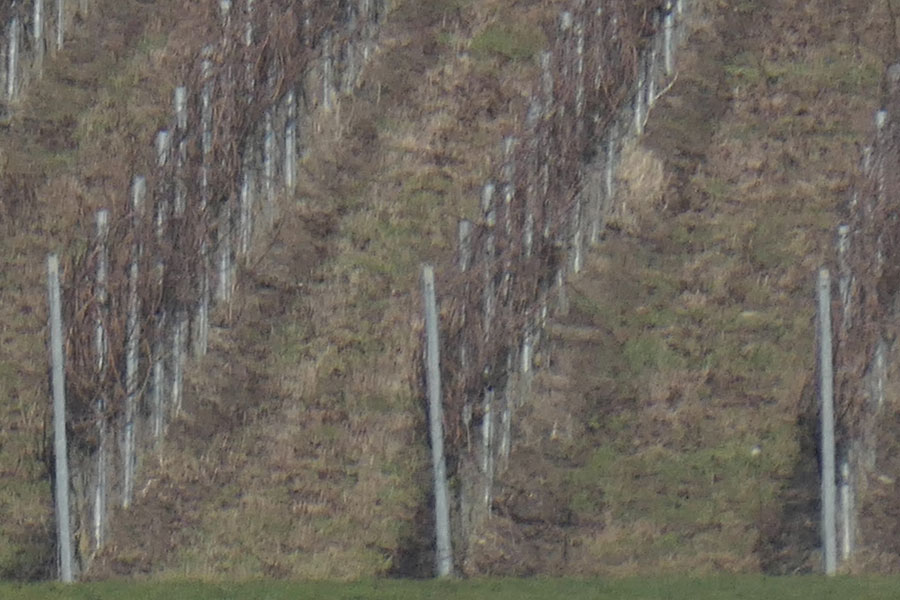 |
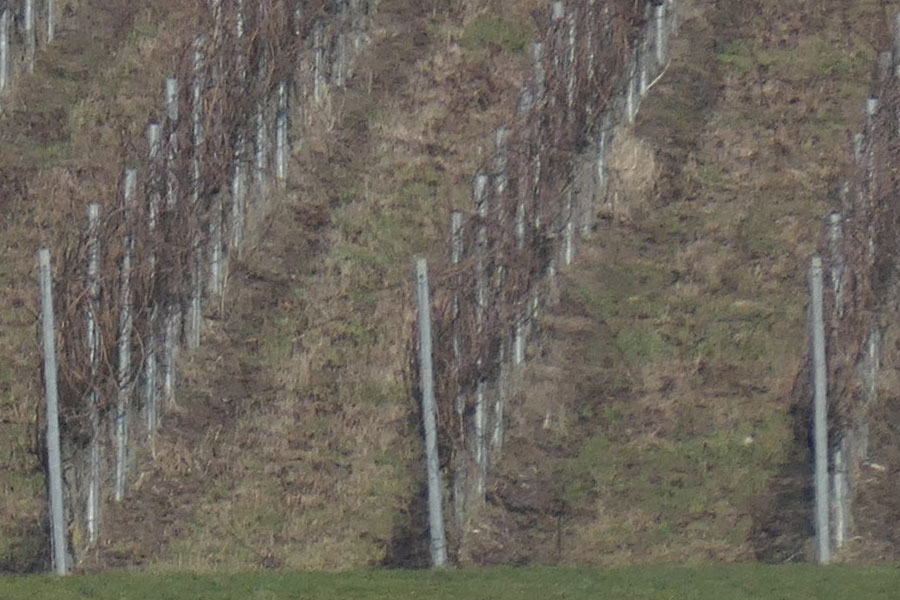 |
|
ISO 200 (original) |
ISO 200 (original) |
|
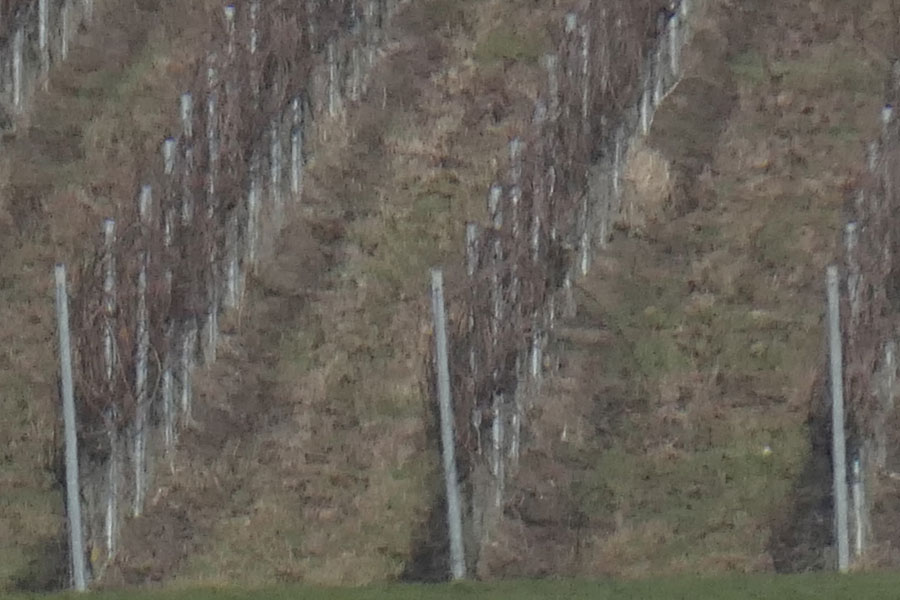 |
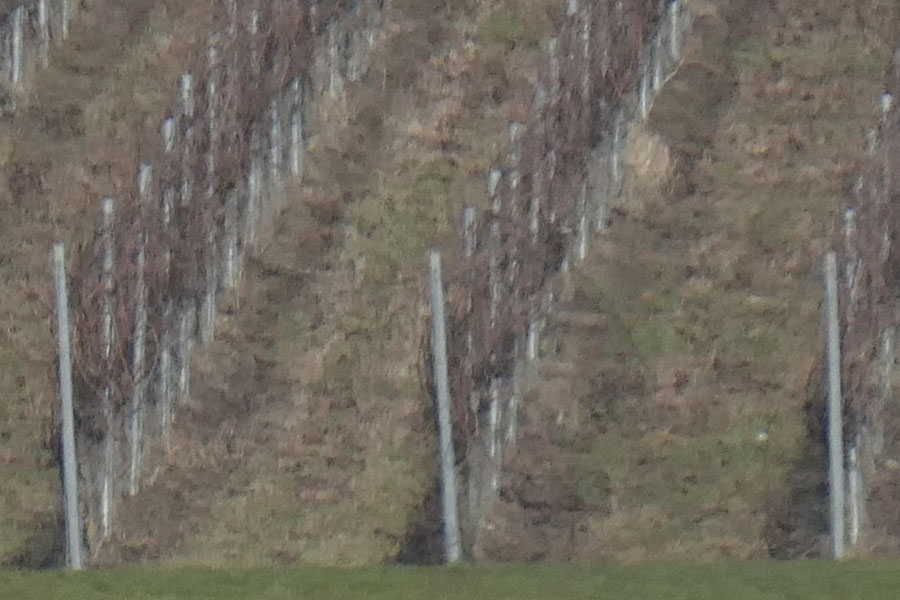 |
|
ISO 400 (original) |
ISO 400 (original) |
|
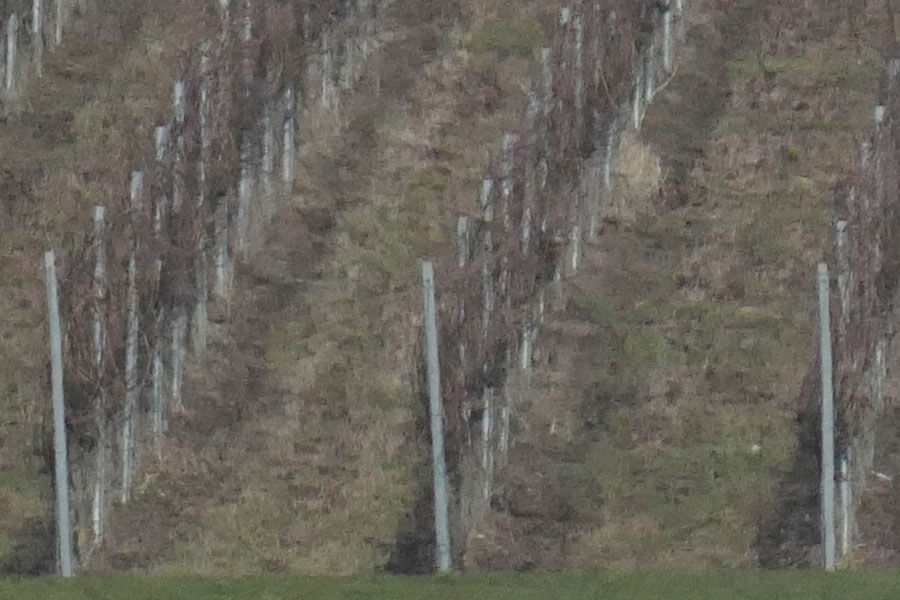 |
 |
|
ISO 800 (original) |
ISO 800 (original) |
|
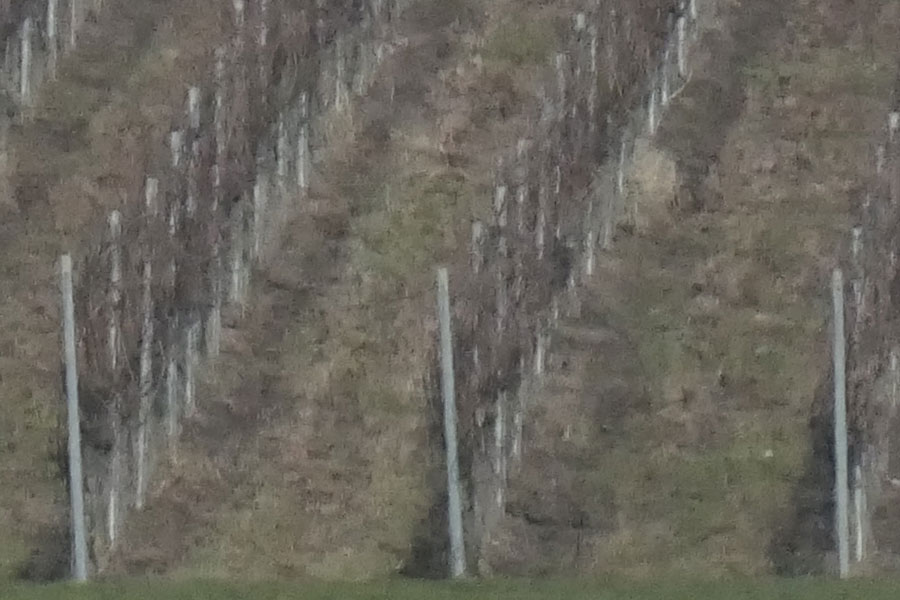 |
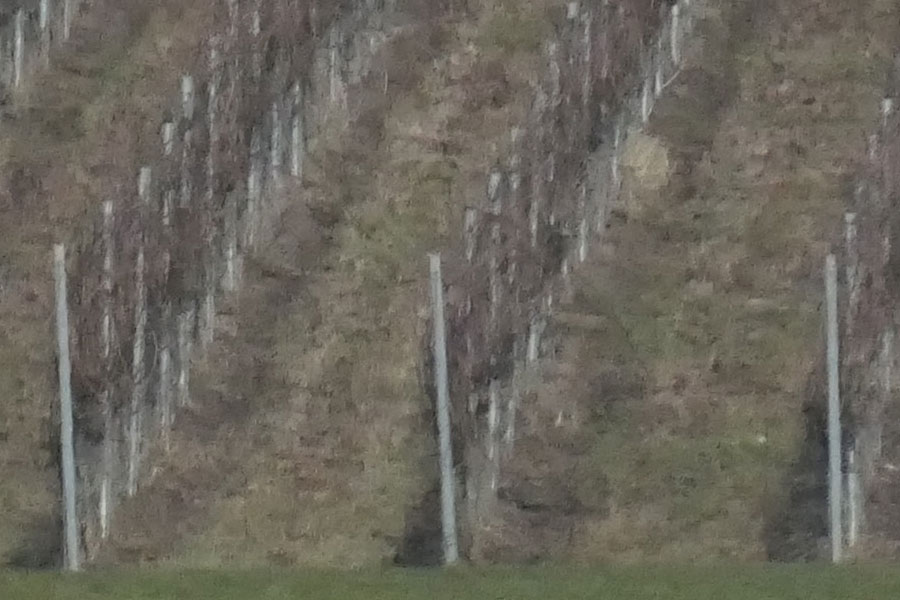 |
|
ISO 1600 (original) |
ISO 1600 (original) |
Section 3
Quality = Fine |
Quality = Standard |
|
Photo Style = contr. +2, sharpn. +2, noise -5 |
Photo Style = contr. +2, sharpn. +2, noise -5 |
|
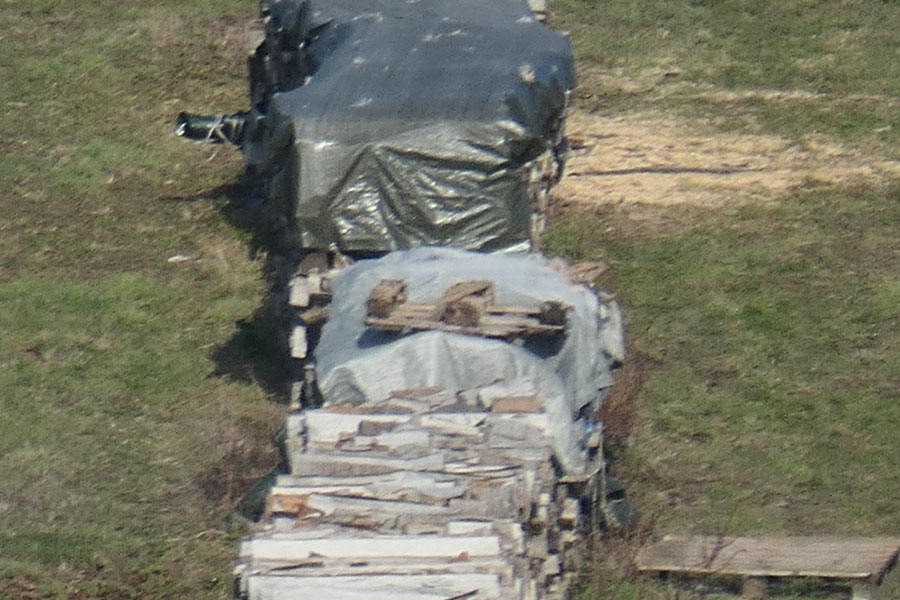 |
 |
|
ISO 125 (original) |
ISO 125 (original) |
|
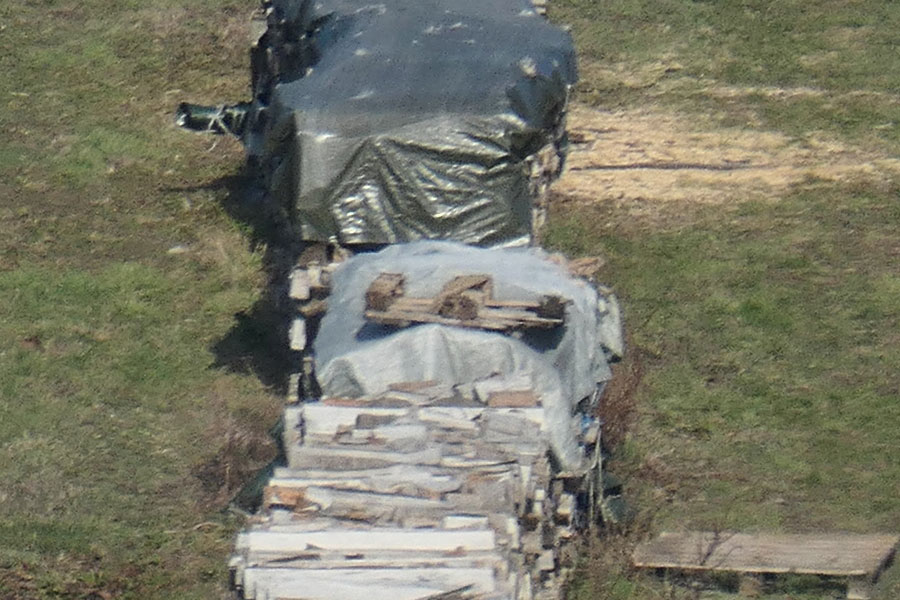 |
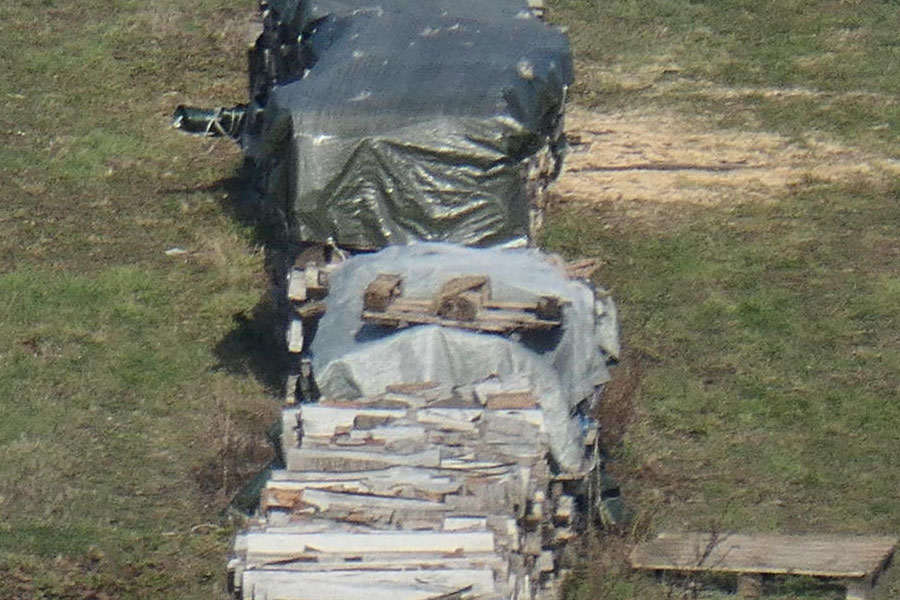 |
|
ISO 200 (original) |
ISO 200 (original) |
|
 |
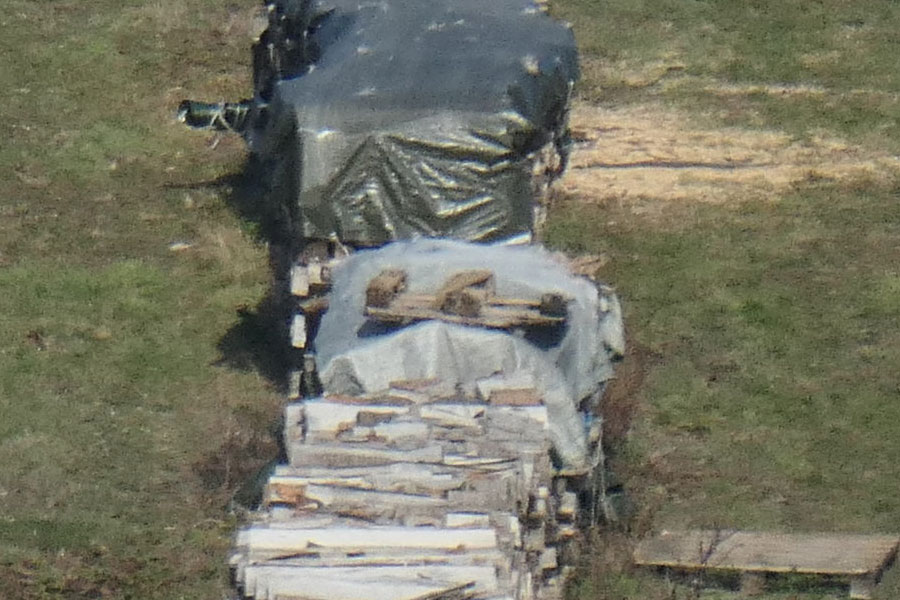 |
|
ISO 400 (original) |
ISO 400 (original) |
|
 |
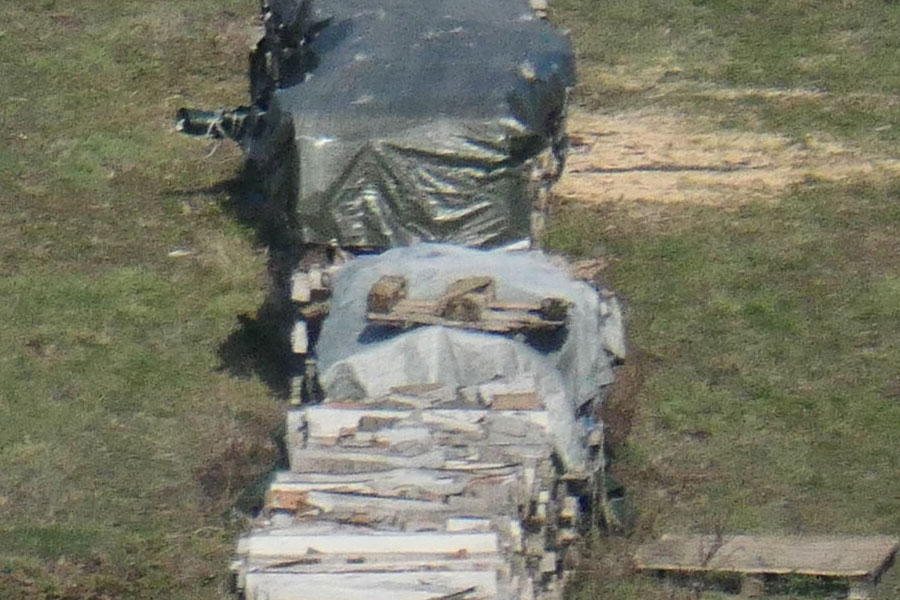 |
|
ISO 800 (original) |
ISO 800 (original) |
|
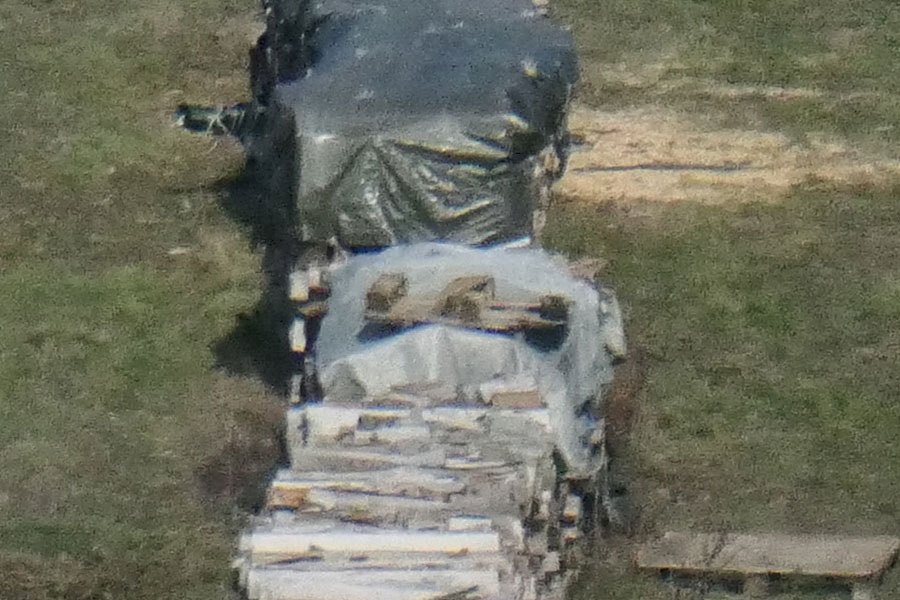 |
 |
|
ISO 1600 (original) |
ISO 1600 (original) |
|
Quality = Fine |
Quality = Standard |
|
Photo Style = Standard |
Photo Style = Standard |
|
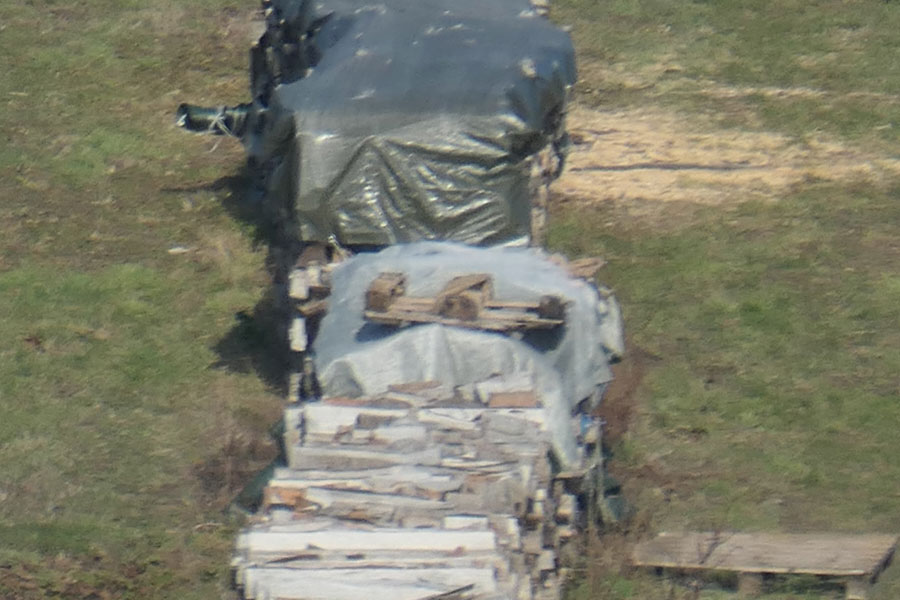 |
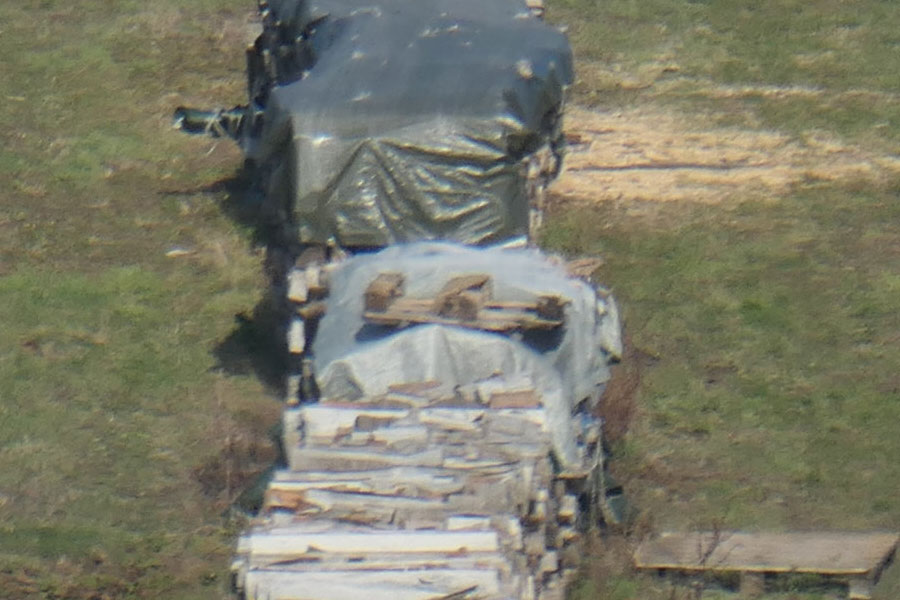 |
|
ISO 125 (original) |
ISO 125 (original) |
|
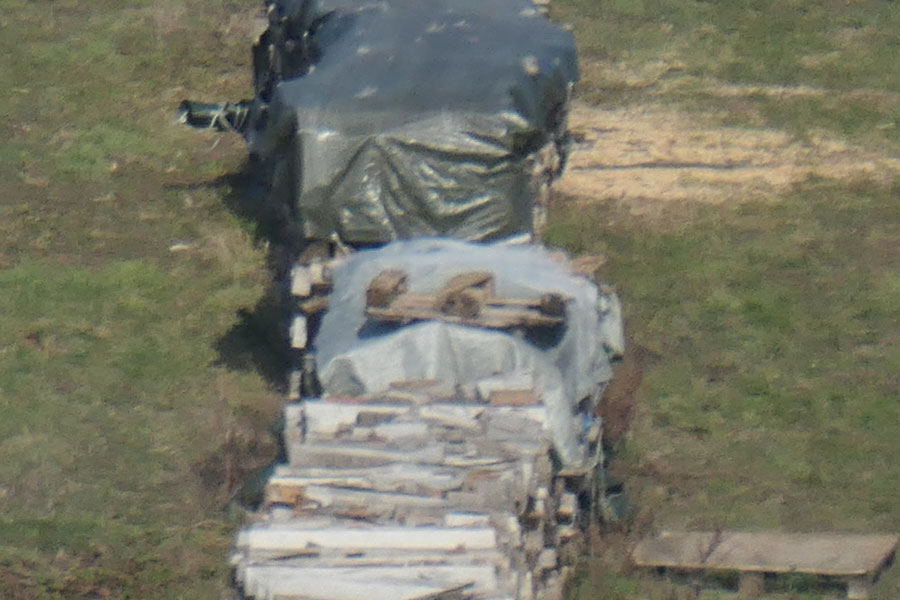 |
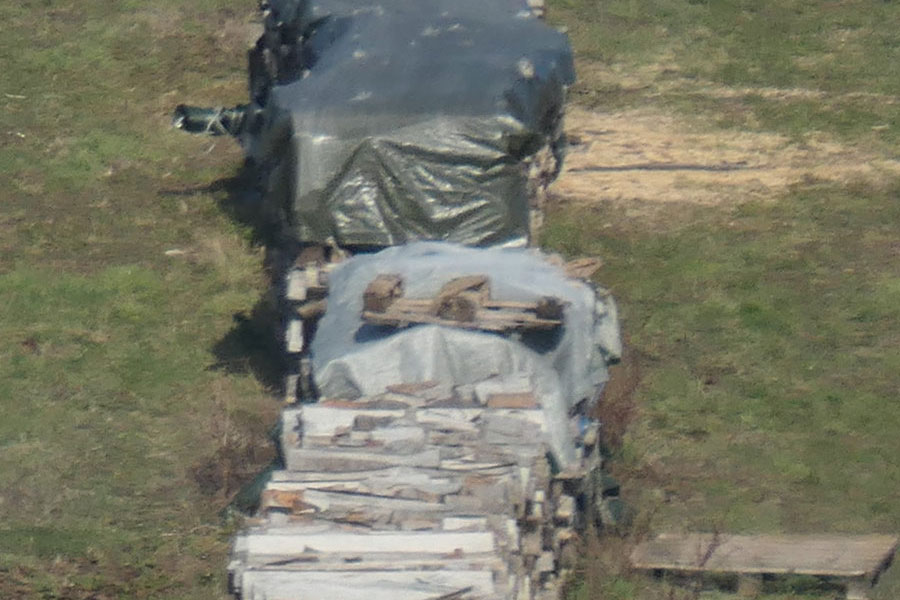 |
|
ISO 200 (original) - somewhat fuzzy... |
ISO 200 (original) |
|
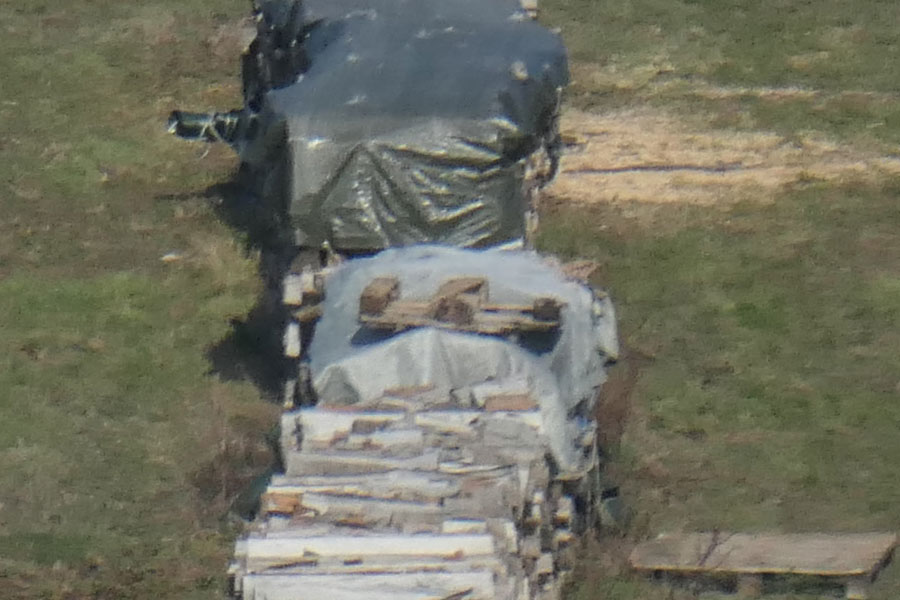 |
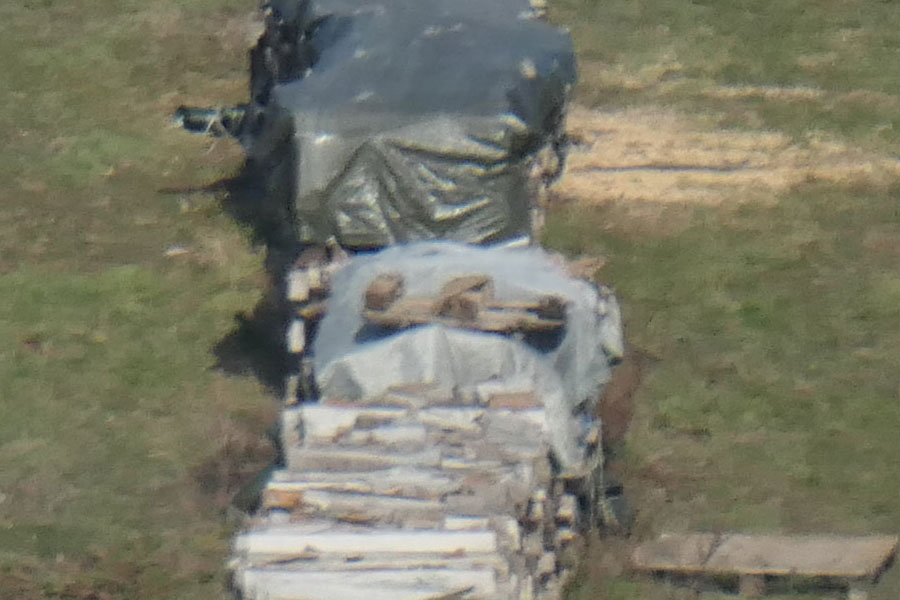 |
|
ISO 400 (original) |
ISO 400 (original) |
|
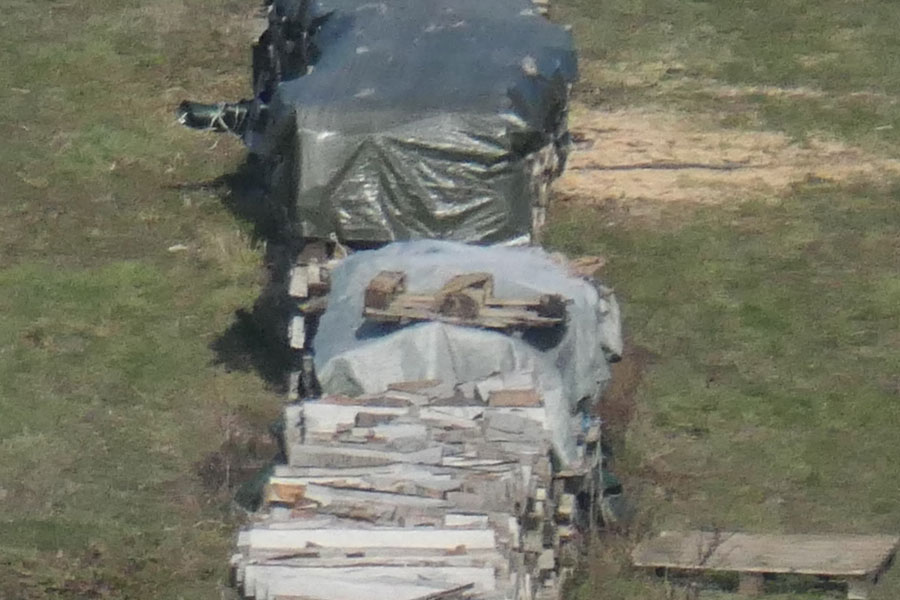 |
 |
|
ISO 800 (original) |
ISO 800 (original) |
|
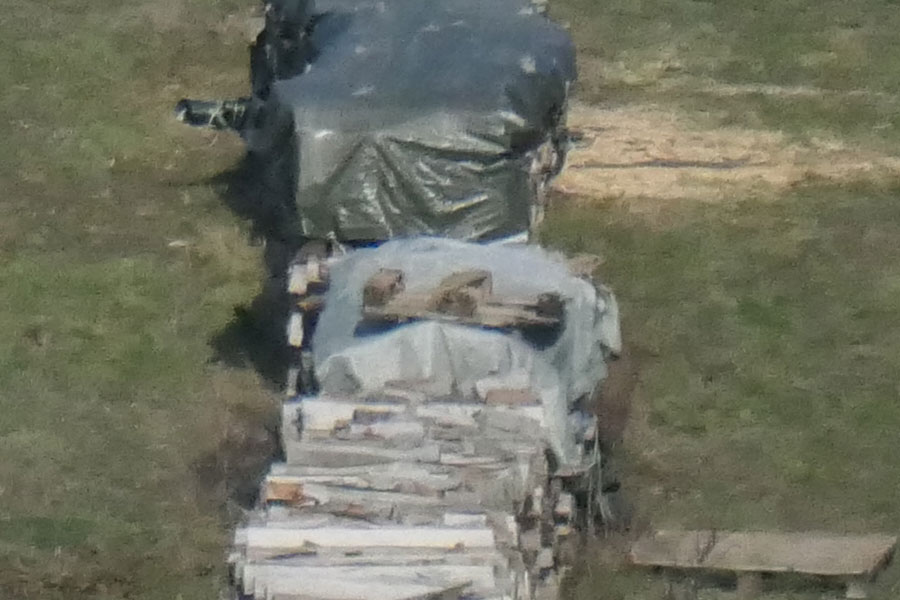 |
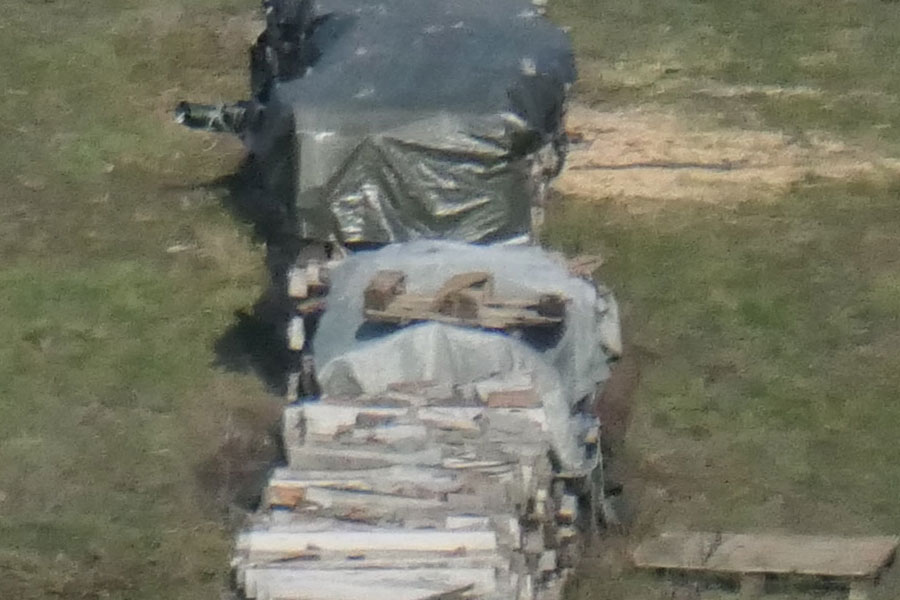 |
|
ISO 1600 (original) |
ISO 1600 (original) |
Conclusions
The test photos on this page are no "scientific work" and should have been done with a tripod and perhaps with manual focus.
I cannot see any differences in the samples caused by differences in the JPG compression, and this seems to be independent of the ISO values.
After all, I do not have the impression that my photos are suitable for finding differences between the two compression modes, because there is already too much variance in the photos. Nevertheless, you can download the originals, and perhaps they are useful for making up your mind on your own...
References
- Frank Späth (2018). Lumix TZ202 - Das Buch zur Kamera. Point of Sale Verlag (ISBN-13: 978-3941761704).
| 26.02.2019 |
